Yitro: Ink Blots On The Paper Of Life
Rabbi Tamar Crystal
Elisha Ben Abuya taught: “When a person studies as a child to what may he be compared? To ink written on fresh paper. When a person studies when he is old to what may he be compared? To ink written on blotted (well-used, crumpled) paper.” (Pirkei Avot 4:25)
The implication of this pereq (verse) is that aging creates mental blockages as we navigate through life. Our older brains bear less resemblance to the planned boulevards of Baron Hausman’s Paris and more to the random goat tracks that became Jerusalem’s map.
But what if there was another interpretation? What if we are comparing the one-dimensional flatness of potential to the rich depth of experience? What if the darkened hills and valleys of crumpled paper were more indicative of the depths we can now see, rather than barriers to understanding and action?
Yitro (Jethro), Moshe’s father in law, reappears in his life to reintroduce him to his abandoned wife and sons. He offers some sound management advice to Moshe, who is swamped with leadership responsibilities, and then the text switches to the preparations for receiving the Torah and the Aseret ha Dibrot (Ten Commandments).
The commentators are rightly concerned with the timing of Yitro’s appearance, and they argue about whether the encounter is taken out of chronological context. Perhaps a key to addressing their concerns can be found in the very last line of our parashah: “You shall not ascend my altar on steps so that your nakedness will not be uncovered on it.” (Ex. 20:23). You could take the sentence literally. The traditional commentaries focus on the ramp that would be built to avoid having steps2.
But Rashi gives a glimmer of what this may actually mean. He quotes Michilta Yitro:“Here is a kal vahomer, a minor to a major inference: The stones of the altar have no sense of what is proper and not proper, and yet The Holy One, Blessed Be He, said ‘Do not treat them disrespectfully…’ Is it not right, therefore with other human beings–who are created in the image of the One who spoke and the World came to be–Is it not right that they should be treated with dignity?’”
For Rashi this is about dignity and respect. As we saw with Noah and his son Ham, with Sodom and even Adam and Eve in Gan Eden, nakedness shouts shame and retribution.
But here, nakedness can be a clue to the timing of Yitro’s arrival.
It would have made sense to give the Israelites the Torah at the victorious moment after escaping slavery and the Egyptian army at the Red Sea. However, the children of Israel were still spiritually the slaves of Pharoah. A catalyst was needed to complete this next stage of the Exodus and make us ready to receive the Torah.
That catalyst was Yitro, his object was Moshe, and his vehicle was nakedness.
A Yemenite midrash says nakedness is not about shame; it is the absence of craft, of guile and the trappings behind which we barricade ourselves. To receive the Torah, we had to lose those false coverings.
Our first layer of nakedness–leaving Egypt–was material and dissociative nakedness. Next came the emotional nakedness; the awareness of our terrible vulnerability and transience in the world. Amalek attacked without reason or warning, reminding us of our physical vulnerability. Already disoriented by the wide-open vistas, the children of Israel now feel the sands of the desert shift under their feet. Although they defeated Amalek this time, they know Amalek will arise in every generation.
Moshe had already taken the first two steps toward a creative nakedness along with the children of Israel. But as their leader he had to complete one more step, and for that he needed Yitro.
Rabbi Kerry Olitsky wrote: “Through Jethro, Moses learned a lesson that many of us have come to understand. In the spiritual journey of our own lives, it often takes someone else to open us up to a potential relationship with God.”1
Yitro had years more experience than Moshe. While Moshe was battling Pharoah, Yitro was accumulating the bumps and blots of crumpled paper.
I don’t think Yitro came solely to give proof that the other nations were impressed by God’s power and wished to follow him, or to reunite Moshe’s fractured family, or to establish the infrastructure of the laws that would follow the revelation of Torah.
I think he came at that precise moment, because he was the only one with whom Moshe could be completely naked. I think he came because Moshe–whom the people thought of as a god–was sui generis–in a unique position–with no one to talk with at his level.
To me, Yitro came as the high priest of Midian and a mashgiach ruhani (spiritual counselor) because the transformation in Moshe, which began at the burning bush, needed to be completed. Yitro was the malach, the messenger, of Moshe’s change.
What did he change? Moshe’s way of thinking about himself. It wasn’t so much what was said or done but the encounter itself which finally took away the doubt Moshe had vocalized to God about his fitness to be God’s agent. Yitro helped Moshe made room in his soul for his naked essence to breathe and flow through him. The people had made the journey, but Moshe was the leader. Only through Yitro was Moshe able to lay down the mantle of leadership to be fully himself. And only naked as himself was he finally fully human enough to receive the Torah for himself and the people.
Only Yitro was able to turn the crumpled blots of Moshe’s soul that age and experience had brought him. But that same aging had given Yitro the wisdom to find the key that made those depths available to Moshe.
Youth can inspire age, but age is what can lead us out of the wilderness. Look for your Yitro and open your heart to the possibility of revelation and change.
- Learn Torah With…5755, Stuart Kelman and Joel Lurie Grishaver, eds., Alef Design Group, 1996, p.129
- See Mishnah Middot 3:3 and B.T. Zev. 62B


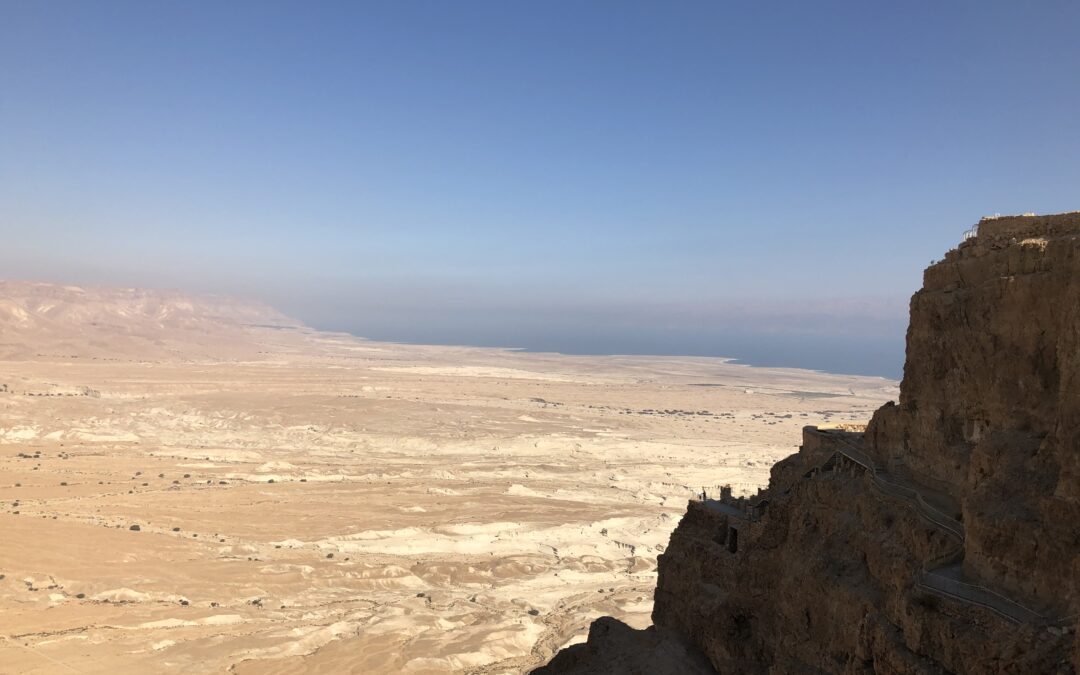
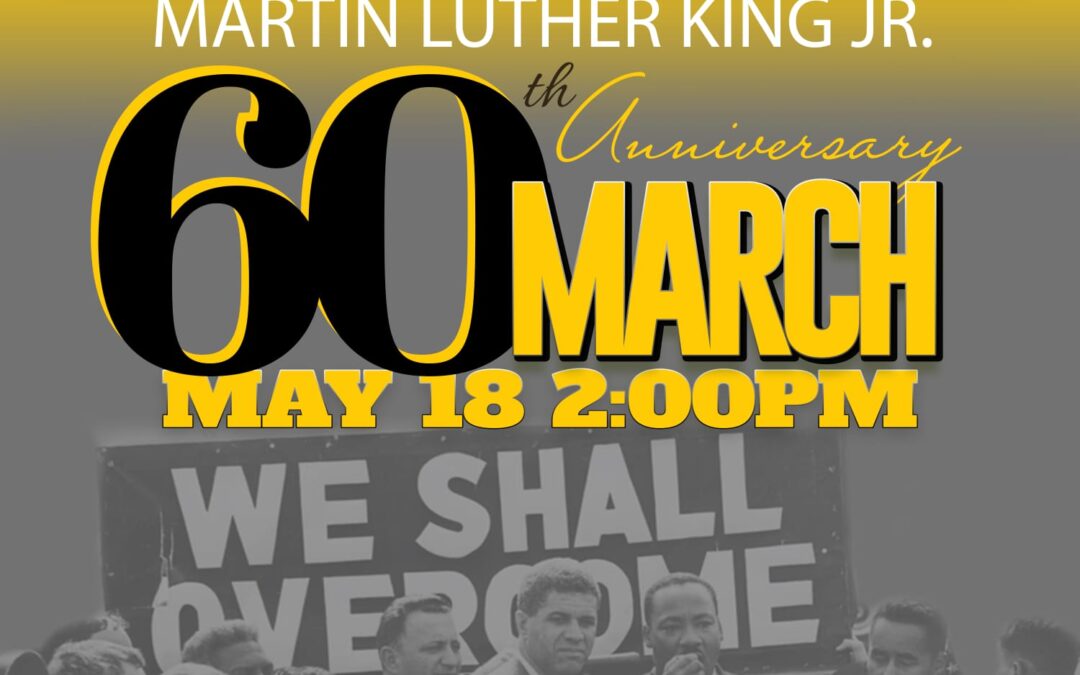
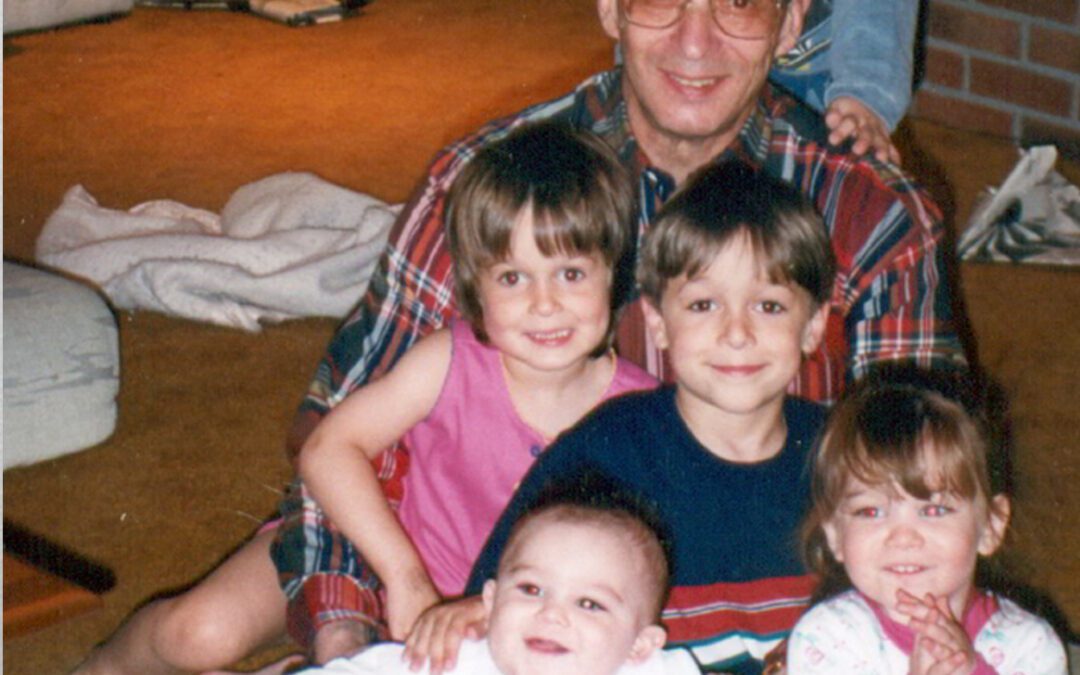

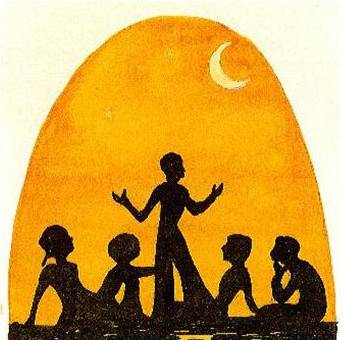
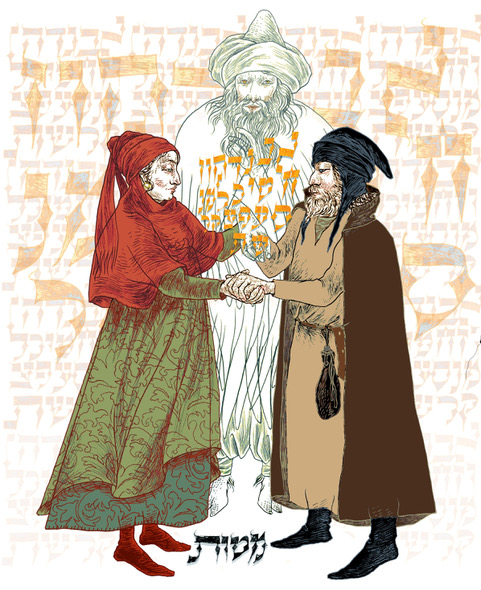
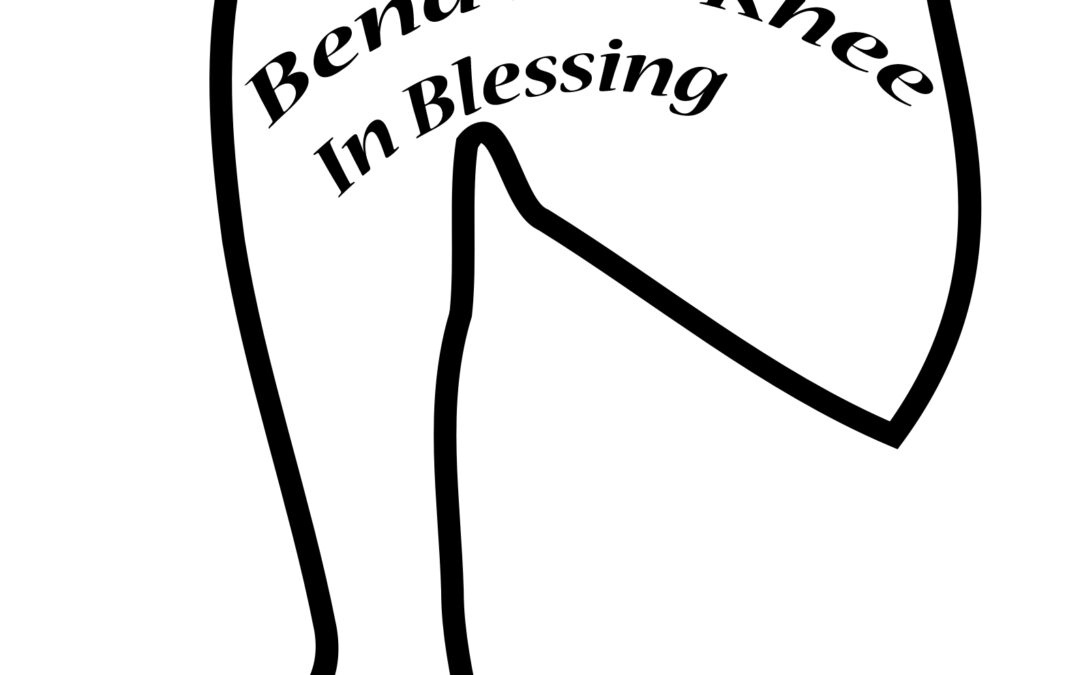


0 Comments